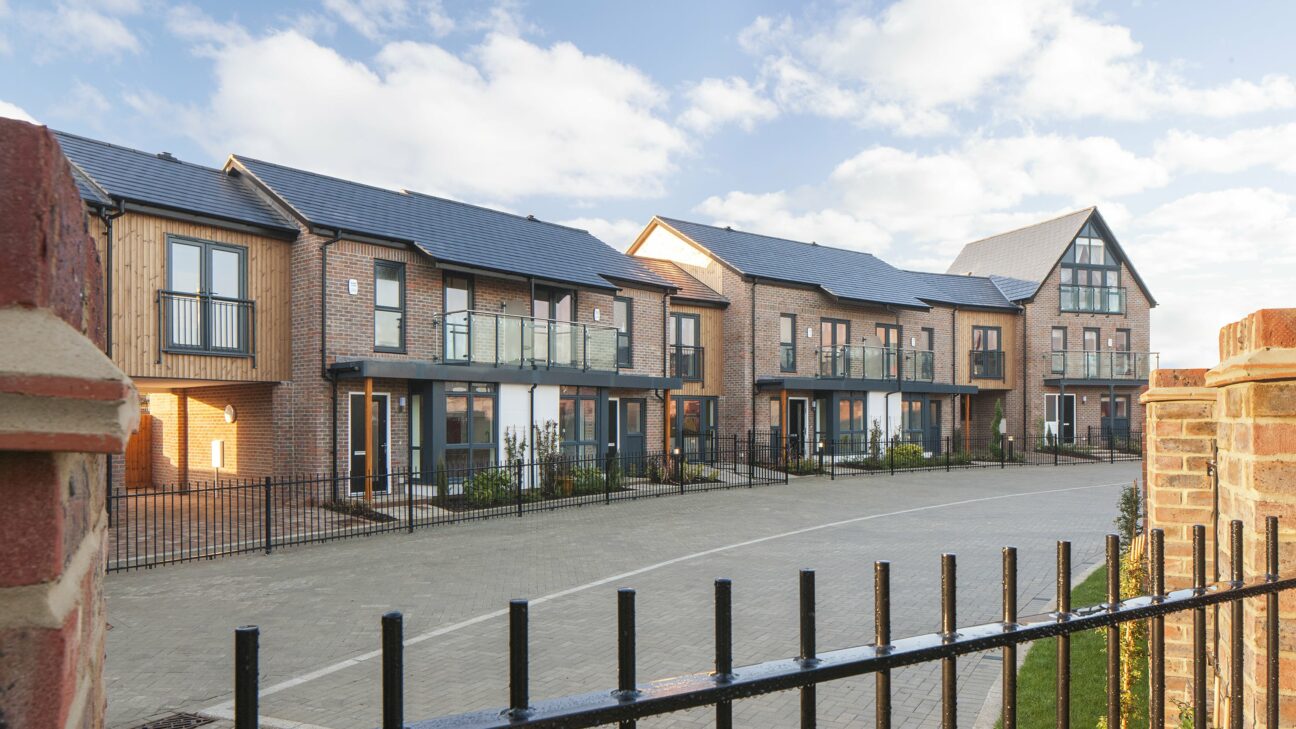

Timber frame homes can offer homeowners peace of mind regarding energy efficiency, particularly during a period of uncertainty around the cost of living and volatile energy bills.
According to industry experts, “timber is a natural insulator and therefore a great cost-effective choice for an energy-efficient building”. Many timber frame structures offer a higher build standard of property With enhanced air tightness and insulation, which can be essential in reducing outgoings for heating and fuel costs. Let’s look at how timber frame structures can be more efficient in greater detail.
//Vapour Control Layer
Many homes lose heat via the joints in their structure, often in the gaps between surfaces such as roofs, walls, windows and doors.
Air leakage can account for up to 50% of heat loss in modern homes, so enhanced air tightness can be vital to preventing any draughts. This is achieved by sealing gaps between surfaces to stop air and vapour from getting between insulating layers. Not only does this stem energy loss, but it also reduces the potential for other issues, such as unwanted dampness or condensation. Timber frame structures are internally fitted with a vapour control layer, which acts as a big air barrier to keep warm air in and avoid a leaky draughty building.
//Timber Frame Insulation
In timber frame structures, the frame’s low thermal mass dramatically reduces the amount of heat absorbed, so houses will warm up faster. In the colder months, there will be no need to continually heat the home as less heat will be able to escape through the walls.
During the summer, the inside of the timber frame structure will stay cooler as external heat will not be able to get in. This cuts energy bills by reducing the need for homeowners to use fans or air conditioning to stay comfortable.
//Sustainable Benefits
Timber frame structures are usually responsibly sourced therefore align with sustainability goals. At the same time, research on the life cycle of products reveals that wood and timber frame houses significantly outperform steel and concrete.
Developers can also build timber frame structures eight weeks faster than a traditional build, leading to resource savings. Choosing to build with a timber frame cut overall build costs by almost three per cent too.
//Future of Timber Frame Structures
Having a timber frame constructed in a factory environment will provide a higher quality of build through the building process for property developers. To be energy efficient, homes need to have a high level of accuracy in the build to enable excellent insulation and airtightness. This better build quality and enhanced energy efficiency can be necessary when fuel costs are spiralling. The UK still has the least energy-efficient homes in Western Europe, yet timber frame structures only account for around 30% of new houses. This suggests timber frame structures should be expected to grow in popularity as builders, developers and homeowners increasingly realise the benefits they offer.
//Want to learn more?
Enquire today to discuss your timber frame requirements. We’ll ensure you make an informed decision and get precisely the timber frame solution your project needs.


